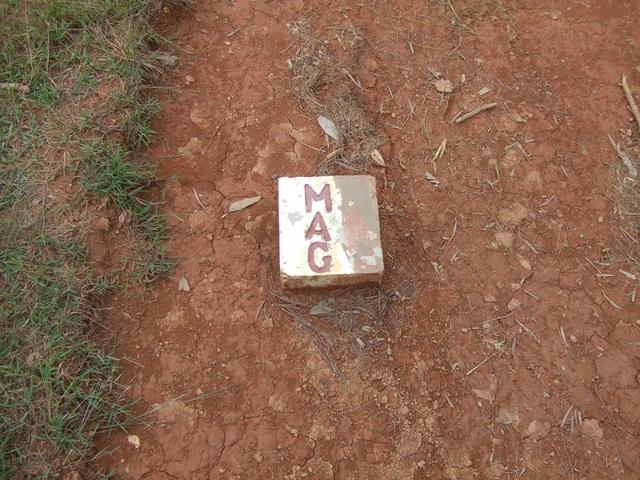The Plain of Jars is a world heritage site in Central Laos. Information about staying in the Plain of Jars can be found on the page about Phonsavan.
The Plain of Jars combines ancient and contemporary history with insights into Phuan, Hmong, Khmu and Tai Dam culture. Nature encounters are easily accessible off the beaten track.
Unlike ancient Greece or the First Emperor of China that date from around the same time, very little is known about the civilisation that created the Plain of Jars. More recently, the area suffered badly due to heavy bombardment by Americans during the Vietnam War. The locals have found imaginative ways to rebuild their lives and surroundings, sometimes using the remnants as part of their daily life; bomb fragments became spoons, and a distinct Xiengkhouang-style of architecture has been created, incorporating bombshells as building material and décor for houses.
In Phonsavan, many different companies offer tours of the Plain of Jars and optionally around surrounding villages and other sights. See the Phonsavan section for activities and attractions around the Plain of Jars.
There are hundreds of jars across the various sites. Some were damaged in the Indochina War and some during the invasion of Chinese bandits; unfortunately, more recently, they have been showing wear and tear caused by repeated climbing by tourists. Some of the sites have impressive bomb craters and jars split by the force of the bombing.
Jar site 1 is one of the most impressive and the easiest to get to. Entrance fee to Site 1 is 15,000 kip and to Site 2 and 3 10,000 kip each. Take a (motorbike) tour to Jar site 2 and 3. However, there are few signs, so don't be afraid to ask local people for the way or look for the blue and white painted sign to go to site 2 or a spray painted sign on an electric post to find site 3. There is a nice easy hike between the two sites, and is suitable for families. The path was cleared of unexploded ordnance in 2007, but visitors are strongly advised to follow the red and white markers.
Other visitable sites include Jar sites 16, 23 and 52.
Typical local products from Phonsavanh and the surrounding area are natural dyes and textiles, each with individual pattern depending on the ethnic group, and basketry, mulberry paper umbrellas, spoons & bangles made from war scrap or Hmong embroidery. Taking antiques home from Laos may be illegal.
A special drink is Mastake whisky made from Hed Wai, a highly valued mushroom from the pine forests of Xieng Khoung.
Don't bank on eating a meal along the road between Phonsavan and Jar site 1 as once you leave the outskirts there's only one village. You can buy water and snacks. There is a small cafe at site 1.
The nearest place for food is Phonsavan.
There are several salabeers around Phonsavan overlooking small lakes. The best to find are opposite Maly Hotel or on the road to the airport near Nam Ngum market.

During the Laotian Civil War, a.k.a. the "Secret War", the Plain of Jars was right in the middle of contested territory that was heavily bombed by the US and heavily mined by both sides. Forty years on there is still a substantial amount of unexploded ordnance (UXO) on the ground in the valley, which continues to kill or maim Laotians. However, the international NGO Mines Advisory Group (MAG) has worked at demining the area continually since 1994, and special attention was paid to the Plain of Jars sites to make them safe for visitors. Visitors today are quite safe so long as they stay within site boundaries that are clearly marked with MAG marker bricks. The white side of the marker indicates the safe side, and the red side indicates an area that has yet to be checked for mines. To learn more about UXO around the Plain of Jars and the ongoing MAG operations, visit their information centre in central Phonsavan.
There is a daily (morning) bus to Luang Prabang, with the 8 hour journey costing 95,000 kip. The many minivans going to Luang Prabang cost around 120,000. There is also a daily bus to Vinh in Vietnam. A night bus to Vientiane, arriving the next morning, costs around 130,000 kip for a VIP bus and 110,000 kip for local bus. See Phonsavan for more details.
